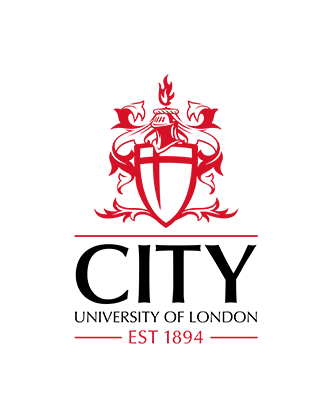Barriers to accessing eye care in Pakistan: a mixed methods study
Malik, M., Strang, N., Hafeez, A.  ORCID: 0000-0003-3598-4188 , Shabbir, M., Iftikhar, F. & Jonuscheit, S. (2025).
Barriers to accessing eye care in Pakistan: a mixed methods study.
Primary Health Care Research & Development, 26,
article number e58.
doi: 10.1017/s1463423625100261
ORCID: 0000-0003-3598-4188 , Shabbir, M., Iftikhar, F. & Jonuscheit, S. (2025).
Barriers to accessing eye care in Pakistan: a mixed methods study.
Primary Health Care Research & Development, 26,
article number e58.
doi: 10.1017/s1463423625100261
Abstract
Aims:
To support policymakers in enhancing access to eye care for the population aged 45 years and older in Pakistan, this study aims to identify and quantify the barriers that hinder effective eye care delivery to this group. Additionally, it seeks to explore patients’ experiences with the Sehat Sahulat (health insurance) programme in the context of eye care services.
Background:
Accessible eye care services can reduce avoidable blindness by delivering timely, high-quality interventions. In Pakistan, the lack of primary eye care burdens overcrowded hospitals and combined with economic challenges, limits access for underprivileged populations. To address this, a nationwide health insurance scheme – the Sehat Sahulat programme (SSP) was introduced to reduce out-of-pocket (OOP) expenses and improve healthcare access for economically disadvantaged groups.
Methods:
Using an exploratory sequential mixed methods design, an initial qualitative phase explored participant experiences and identified specific barriers. The qualitative study provided the basis for the development of a customized survey tool. The survey tool was then used in a second phase to obtain quantitative data to capture the magnitude of barriers and costs associated with accessing eye care in Pakistan.
Findings:
Numerous considerable barriers were identified including illiteracy, long travel times, female gender, old age, mobility issues, and costs, all of which limited access to eye care in Pakistan. Awareness surrounding use of the SSP was poor, with the programme seldom used towards eye care costs. This study highlights patient experiences with eye care in urban and rural Pakistan, including enablers and barriers to accessing eye care. Improvements should focus on educating the public on eye health, increasing availability of eye care services in rural areas, improving accessibility within eye care facilities, addressing gender disparities, and reducing costs associated with eye care treatments, potentially through advancement of the SSP.
| Publication Type: | Article |
|---|---|
| Additional Information: | © The Author(s), 2025. Published by Cambridge University Press. This is an Open Access article, distributed under the terms of the Creative Commons Attribution licence (https://creativecommons.org/licenses/by/4.0/), which permits unrestricted re-use, distribution and reproduction, provided the original article is properly cited. |
| Publisher Keywords: | Eye care access, healthcare delivery, mixed methods, Pakistan, Sehat Sahulat programme, universal health coverage, visual impairment |
| Subjects: | R Medicine > RE Ophthalmology |
| Departments: | School of Health & Medical Sciences School of Health & Medical Sciences > Department of Optometry & Visual Science |
| SWORD Depositor: |
Available under License Creative Commons Attribution.
Download (423kB) | Preview
Export
Downloads
Downloads per month over past year


 Metadata
Metadata Metadata
Metadata